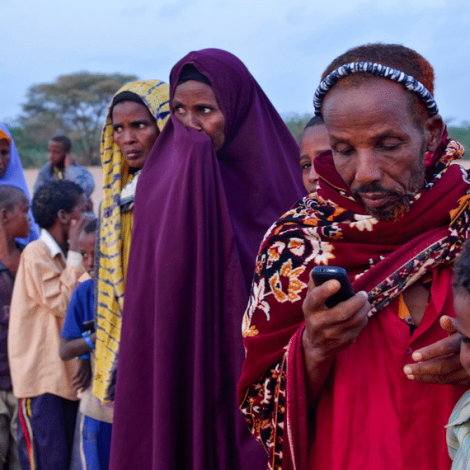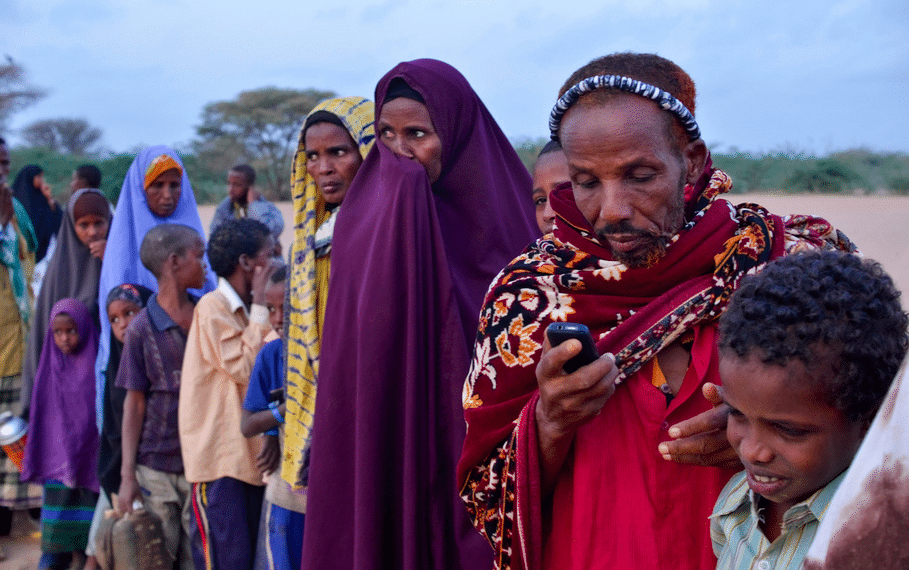Until now, technology research has largely been leaderless in Africa, its goals and products often delivered from outside the continent’s borders. But the AFRICOMM conference on Internet and communications technology would like to change that, and it is taking the reins, its organizers say.
Research from Africans that addresses African ICT issues were featured at the fifth AFRICOMM conference in November 2013 in Blantyre, Malawi.
“We want to set a long-term research agenda for ICT4D in Africa based on this year’s submitted research papers. We are going to do research that other people are not doing for us. We want to do research that will actually have an impact on society,” says Tegawendé Bissyandé, an ICT expert at the University of Luxemburg’s Interdisciplinary Centre for Security, Reliability and Trust and the AFRICOMM program chair.
Three research trends
Three trends dominate the research papers presented. The first is white spaces, which are unused broadcasting frequencies between TV channels and radio stations – the fuzz on the radio and the snow on the TV screen. Research outlines how to make use of these frequencies to improve emergency services and other communications.
The second trend is the security of communications infrastructure. Research details how to improve security in notoriously vulnerable peer-to-peer communications. And there is research in encryption and cloud services security.
The third is innovation. Drones, for example, can monitor parks, pastures and wildlands to fight poaching. Another example is language. Devices and Internet tools play a role in teaching spoken languages in Africa, both at home and to the diaspora abroad.
Here, Bissyandé has compiled excerpts from hand-picked research abstracts presented.
A Geographic Information System as a Tool for Enriching Drug Logistics Information at District Level in Malawi: Challenges on Data Quality and Implementation
A well-functioning logistics management information system provides decision makers throughout a supply chain with accurate, timely, and appropriate data for managing and monitoring the flow of supplies, accounting for products in supply chain, reducing supply imbalances, and improving cost-effectiveness but the information system, whether manual or automated, seems to be one of the weakest links in the logistics chain in developing countries.
District pharmacies in Malawi use a computerized information system to monitor the flow of products from a warehouse to health service delivery points and determine understocked or overstocked products at each health facility. Now, all drug logistics information reports are in tabular forms. The Geographic Information System provides additional spatial information, such as locations of health facilities and environmental factors, to the existing reports in the form of maps. This paper discusses challenges to the quality of drug logistics data for decision making with emphasis on place and time utilities. It could also be very important to use maps from the Geographic Information System to enrich existing information.
Unified Solution Towards Deplotment of TV White Space in Africa
TV white spaces are seen as a key technology to enable the efficient use of scarce sub-GHz spectrum allowing for applications that may have a huge impact on Internet penetration in rural parts of Africa. This paper describes a carrier-grade wireless back-hauling solution and discusses its capability for working with a geolocation database ensuring zero interference with licensed users. The research will serve as a reference for understanding the challenges and potential solutions for deployment of TV white spaces in Africa.
Spatial Analysis of Location of Mother’s Choice for Delivery: A Case of Blantyre and Mwanza Districts in Malawi
Antenatal care offers a chance to detect potentially threatening complications of pregnancy and child birth. The place where women live affects their health, nutrition and decision to choose where they will deliver their babies. This research has mapped and analyzed locations where mothers choose to deliver their babies. Factors such as the availability of a health facility, the distance to it and the availability of transport can affect the choice of where to deliver, the researchers have found. Other factors are demographic and cultural, such as education, the number of children that they have and the age of the mothers.
Y Nut, a Phonetic-based Learning System for Spoken Languages
Some languages do not have a native written version, or many of the speakers do not use a written version. These languages exist only in speech, so learning them without a face-to-face teacher requires audio or video technologies. These kinds of media abound on the Internet and through social networks. This research describes the development of a phonetic database that can enhance language education and make it easier to learn basic expressions. Such a system could be useful for the survival of spoken languages in Africa and also provide automatic translation services.
From Village Phone to Village Internet using Delay Tolerant Networks
Communication and multimedia services are key to the cultural and economical development of rural areas. Bringing these services to rural populations raises challenges, however. This paper shows how operators deal with communication services in rural areas. Then, we will propose to extend the offer both from technical and economical point of views with the Village Internet.
A hybrid system of a long-range cellular network and a delay-tolerant network could solve communications issues in rural areas. This paper describes how the technology may allow Internet development and new services that could have a positive impact on the load of urban cellular networks.



